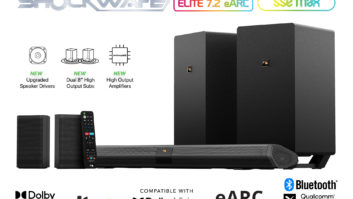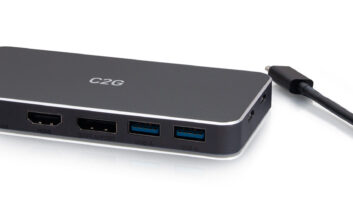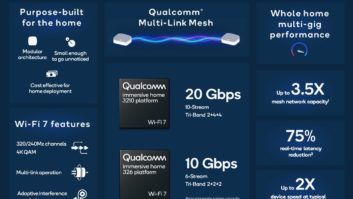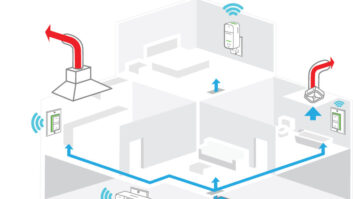New research released from the Consumer Electronics Association (CEA) has found that just seven percent of American TV households rely solely on an antenna for their television programming.
The findings of the new study, U.S. Household Television Usage Update, are consistent with CEA’s 2010 research, which found eight percent of TV households reported using an antenna only for television programming. According to historical CEA research, there has been a gradual decline in the percentage of TV households using antennas since 2005. The phone survey of 1,009 U.S. adults is comparable to a 2012 Nielsen study indicating nine percent of all U.S. TV households are broadcast TV/over-the-air only, a decrease from 16 percent in 2003.
“The vast majority of Americans no longer rely on over-the-air TV signals,” said Gary Shapiro, president and CEO, CEA. “Consumers have moved away in droves from traditional broadcast television thanks to a surge in programming alternatives available through wired and wireless broadband connections. This is why Congress had it right when they authorized the FCC to hold voluntary broadcast spectrum incentive auctions to reallocate broadcast television spectrum to greater uses, like wireless broadband. This study provides yet another reason why it is time for broadcast spectrum to be reallocated, and quickly.”
CEA’s study also reveals that most TV households (83 percent) receive television programming through traditional pay-TV services (cable, satellite or fiber to the home). However, there has been a decline of five percentage points in the number of homes using those services since 2010. The use of non-TV consumer electronics devices (such as laptops, desktops, tablets and smartphones) in the home to consume content is likely affecting pay-TV subscriptions.
According to The 15th Annual Household CE Ownership and Market Potential Study, these mobile connected devices are seeing the fastest increase in U.S. household penetration rates. This decline may also be attributed to increasingly accessible Internet sourced television programming. Increasing household ownership of Internet connected televisions and other devices which facilitate connection to the Internet opens up new possibilities for viewing television programming on a traditional TV set. The study found 28 percent of U.S. TV households receive programming on their TVs through the Internet. In fact, four percent of TV households report using the Internet exclusively as their source of television programming for their TVs.
U.S. Household Television Usage Update was completed in June 2013. It represents the findings of a quantitative study administered via telephone interview between June 6 and 9, 2013 to two national probability samples, which, when combined, consists of 1,009 U.S. adults. 659 interviews were conducted by landline phone, and 350 interviews were conducted by cell phone.
The report was designed and formulated by CEA Market Research, the most comprehensive source of sales data, forecasts, consumer research and historical trends for the consumer electronics industry. Please cite any information to the Consumer Electronics Association (CEA). The complete study is available free to CEA member companies at members.CE.org. Non-members may purchase the study for $399 at the CEA Store.







